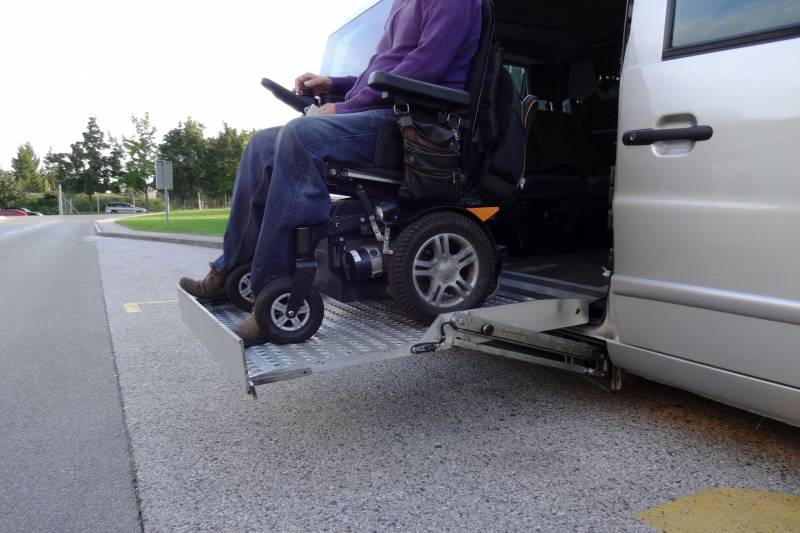Attorneys want to give Lyft a year to get a program for the disability community off the ground.
Judge Alsup spelled some doubt for the disability community advocates, indicating they weren't asking for a specific enough change to Lyft's service, like a direct modification to the design of a vehicle, to meet ADA requirements. Instead, Alsup said, they were asking the court to order Lyft to begin a process to discover what business modifications are needed to run a wheelchair service in California.
"Lyft implements these programs all over the country," Seaborn countered. "The fact of the matter is, they do provide those services."
Alsup also took aim at advocates' arguments that Lyft could still feasibly implement the 65 wheelchair-accessible vehicle program in the Bay Area without Hertz.
"You make it sound so easy. I think Lyft should just hire you, stick you in charge, and then you be responsible for making it cost-effective," Alsup told Seaborn, the advocates' attorney. "It's a problem for me as a judge to wonder where that 65 [vehicles] will come from."
Attorneys for the advocates then pointed out that despite Hertz's bankruptcy, Lyft failed to reach out to other car companies to form partnerships to supply wheelchair-accessible vehicles, including Enterprise, or MobilityWorks.
Throughout the trial, Lyft argued that although they have wheelchair-accessible vehicles in other cities, they are only provided because cities or states have regulations that mandated them. Those wheelchair programs don't make money or break even, they argued.
"We are trying to solve this problem long term for our business overall," Joyce Chan, vice president of product operations at Lyft testified.
'You're Just Donating That Money to the State Treasury?'
Some California lawmakers have tried to help Lyft help itself, by creating a program that charges Lyft a 10-cent-per-ride fee that is deposited in a fund expressly for wheelchair operations. That program, compelled by Senate Bill 1376, authored by Sen. Jerry Hill, D-San Mateo, was signed into law by former Gov. Jerry Brown in late 2018.
While the program made $1.8 million available to Lyft since 2019, Chan argued it needed at least $2 million annually to run a wheelchair-accessible program locally. The funding also fluctuates so often that they cannot effectively calculate the amount into their annual budget, Chan argued, another complicating factor for utilizing it.
So Lyft pays the fee and it goes to the CPUC, largely unused, Chan said.
Judge Alsup was skeptical of that practice.
"You're just donating that money to the State Treasury without trying to put a program in place?" he asked Chan, to which she replied, "Yes, sir."
The CPUC is also in the process of ruling on wheelchair accessibility regulations for Lyft and Uber, but witnesses said the CPUC may not finish deliberating on those rules until 2025. Alsup said that CPUC proceeding may have impacted his ruling, but only if it were closer to fruition.
"A lot of people who need these wheelchair vehicles are going to be dead by 2025," Alsup told attorneys.

